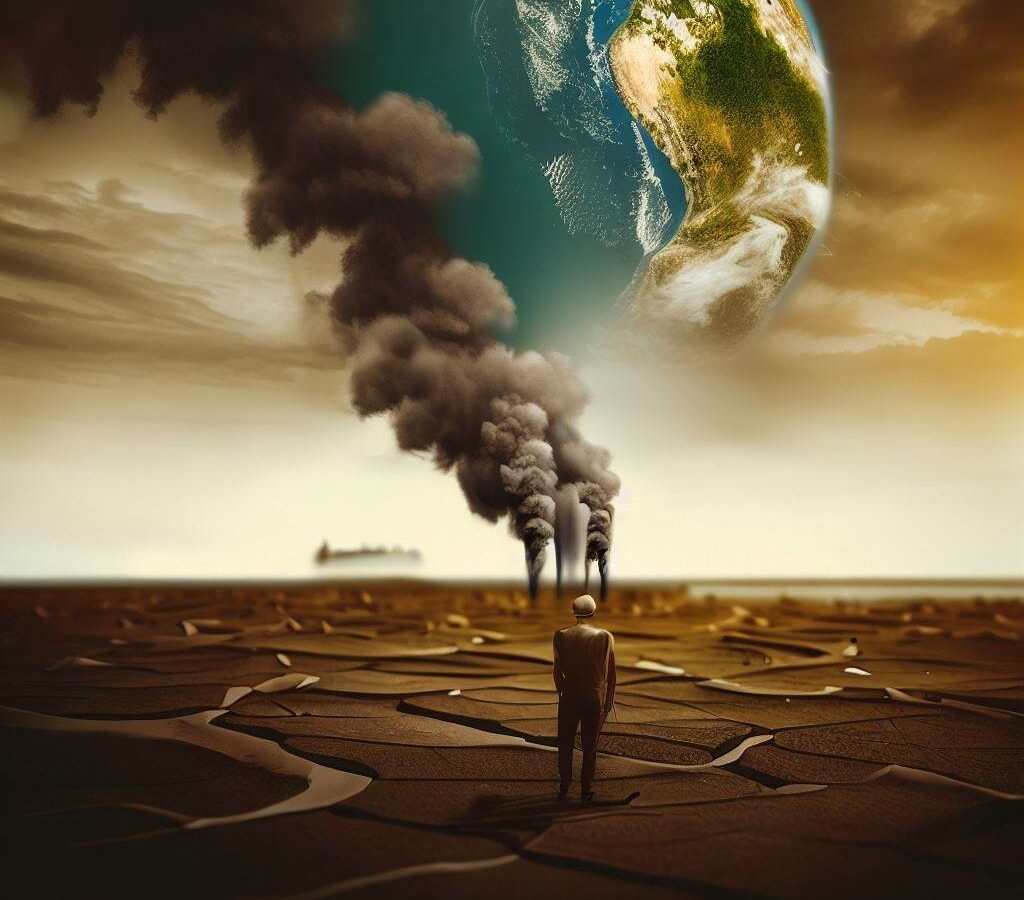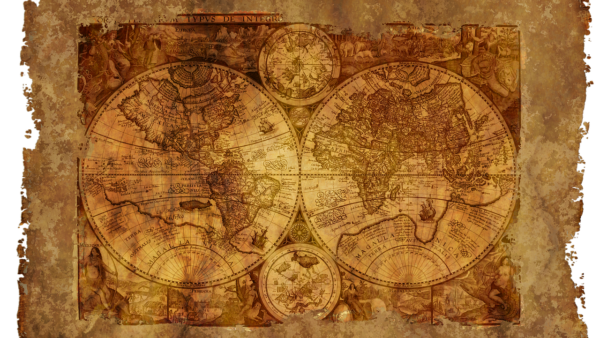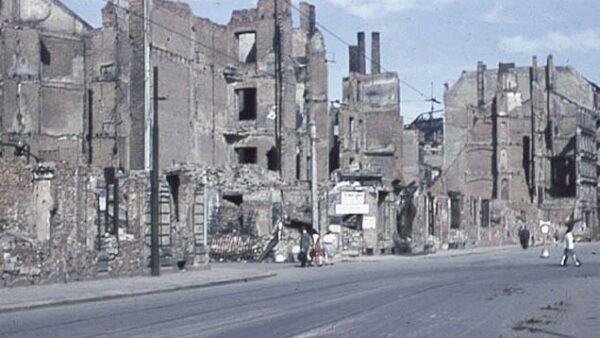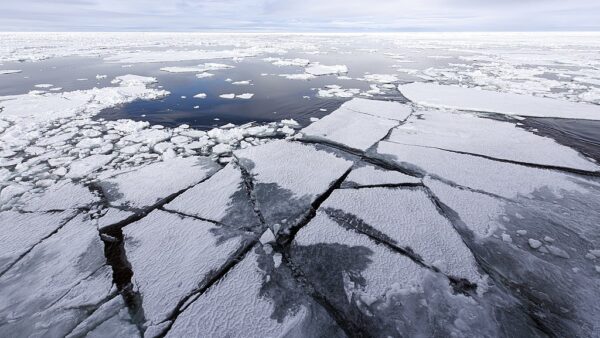Climate change, an issue of global significance, has shaped the course of our planet’s history for centuries. From natural variations to human-induced alterations, the story of climate change weaves a complex tale. In this article, I delve deeper into examining the intricate threads of climate change.
A History of Natural and Human Forces
Climate change arises from both natural variations that have occurred for millennia as well as accelerating human interference over the past two centuries. Natural processes like volcanic eruptions and variations in solar activity have cycled the planet’s climate since its formation. However, human industrialization introduced new variables that have disrupted Earth’s delicate equilibrium.
The Major Culprits Behind Contemporary Climate Change
Five primary causes stand out as key drivers of modern climate change:
- Greenhouse gas emissions from burning fossil fuels flood the atmosphere with heat-trapping gases. Carbon dioxide levels have risen nearly 50% since the Industrial Revolution.
- Deforestation cuts down nature’s carbon stores, leaving more carbon in the air instead of being sequestered by plants.
- Industrial activities release not just CO2 but also aerosols that can alter cloud patterns and rainfall worldwide.
- Agricultural practices like cattle ranching and rice paddies are significant methane emitters. Fertilizer use also spikes nitrous oxide levels.
- Land use changes through urban sprawl and conversion to cropland disrupt carbon-storing ecosystems.
The Rising Impacts of a Warming World
Climate change manifests itself through global temperature increases, causing sea levels to surge as polar ice sheets disintegrate. Warmer oceans spawn more frequent and intense tropical storms, while inland areas undergo worsening droughts, wildfires, and heat waves. Marine and terrestrial ecosystems are under severe duress as climate zones shift collections.
Specific Ramifications Across Sectors
- Habitats and biodiversity suffer as ecosystems transformation outstrips species’ capacity to adapt.
- Freshwater availability fluctuates wildly between too little and too much, stressing agriculture and communities.
- Crop yields seesaw with shifting rain patterns, threatening global food security.
- Health risks escalate when heat illness, infectious diseases, and air pollution spikes accompany climate disturbances.
- The economic toll of climate disasters continues rising as economic losses and recovery costs mount each year.
International Recognition and Action
The United Nations defines climate change as long-lasting climate anomalies arising from both natural and unnatural drivers. The organization considers it one of the defining crises of our era and works to raise awareness, encourage emissions cuts, and foster global cooperation for climate resilience and adaptation. However, bolder actions are still urgently needed to minimize irreversible environmental damage and societal disruption.
Conclusion
In conclusion, climate change has interwoven causes both natural and anthropogenic. Its wide-ranging effects endanger all inhabitants of our shared planet Earth. Understanding climate change’s complex history and projecting its extensive impacts is pivotal for crafting coordinated solutions. Future generations depend on the choices we make today to transition to cleaner energy, restore balance to natural systems, and safeguard a livable world for all.
References:
- Intergovernmental Panel on Climate Change (IPCC). “Climate Change 2021: The Physical Science Basis.”
- United Nations. “Climate Change – What You Need to Know.”
- NASA Global Climate Change. “Causes.”
- United Nations Framework Convention on Climate Change (UNFCCC). “Climate Change: Impacts, Vulnerabilities, and Adaptation in Developing Countries.”





